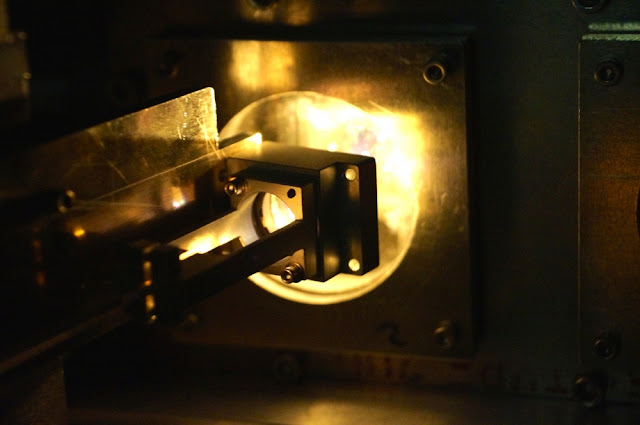ScienceRocks
Democrat all the way!
- Thread starter
- Banned
- #1,101
http://arxiv.org/pdf/1509.02323.pdf
ABSTRACT
We report the discovery of KELT-10b, the rst transiting exoplanet discovered us-
ing the KELT-South telescope. KELT-10b is a highly in ated sub-Jupiter mass planet
:
WASP-120b, WASP-122b and WASP-123b: Three newly discovered planets from the WASP-South survey
O.D.Turner, D. R. Anderson, A. Collier Cameron, L. Delrez, M. Gillon, C. Hellier, E. Jehin, M. Lendl, P. F. L. Maxted, F. Pepe, D. Pollacco, D. Queloz, D. Sègransan, B. Smalley, A. M. S. Smith, A. H. M.J. Triaud, S. Udry, R. G. West
(Submitted on 7 Sep 2015)
[1509.02210] WASP-120b, WASP-122b and WASP-123b: Three newly discovered planets from the WASP-South survey
ABSTRACT
We report the discovery of KELT-10b, the rst transiting exoplanet discovered us-
ing the KELT-South telescope. KELT-10b is a highly in ated sub-Jupiter mass planet
:
WASP-120b, WASP-122b and WASP-123b: Three newly discovered planets from the WASP-South survey
O.D.Turner, D. R. Anderson, A. Collier Cameron, L. Delrez, M. Gillon, C. Hellier, E. Jehin, M. Lendl, P. F. L. Maxted, F. Pepe, D. Pollacco, D. Queloz, D. Sègransan, B. Smalley, A. M. S. Smith, A. H. M.J. Triaud, S. Udry, R. G. West
(Submitted on 7 Sep 2015)
We present the discovery by the WASP-South survey of three planets transiting moderately bright stars (V ~ 11). WASP-120b is a massive (5.0MJup) planet in a 3.6-day orbit that we find likely to be eccentric (e = 0.059+0.025-0.018) around an F5 star. WASP-122b is a hot-Jupiter (1.37MJup, 1.79RJup) in a 1.7-day orbit about a G4 star. Our predicted transit depth variation cause by the atmosphere of WASP-122b suggests it is well suited to characterisation. WASP-123b is a hot-Jupiter (0.92MJup, 1.33RJup) in a 3.0-day orbit around an old (~ 7 Gyr) G5 star.
[1509.02210] WASP-120b, WASP-122b and WASP-123b: Three newly discovered planets from the WASP-South survey
Last edited:













